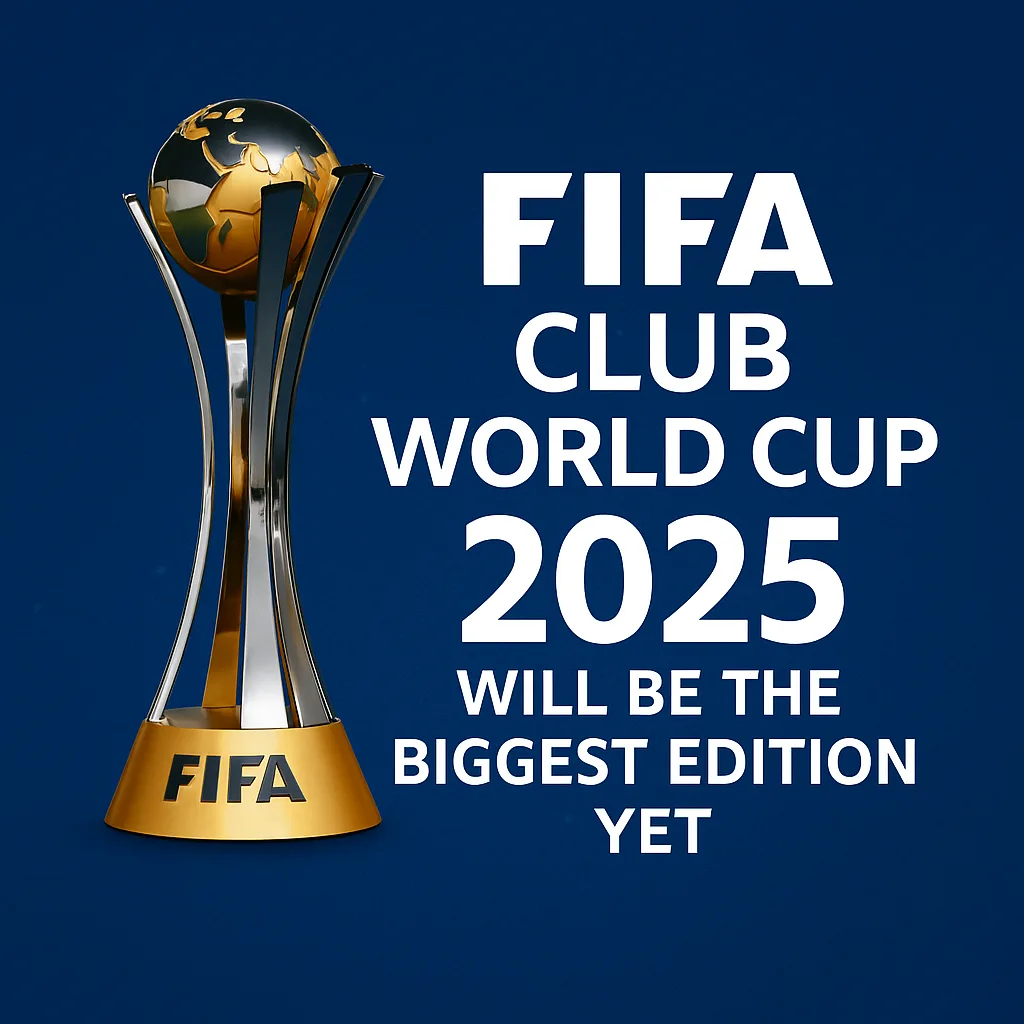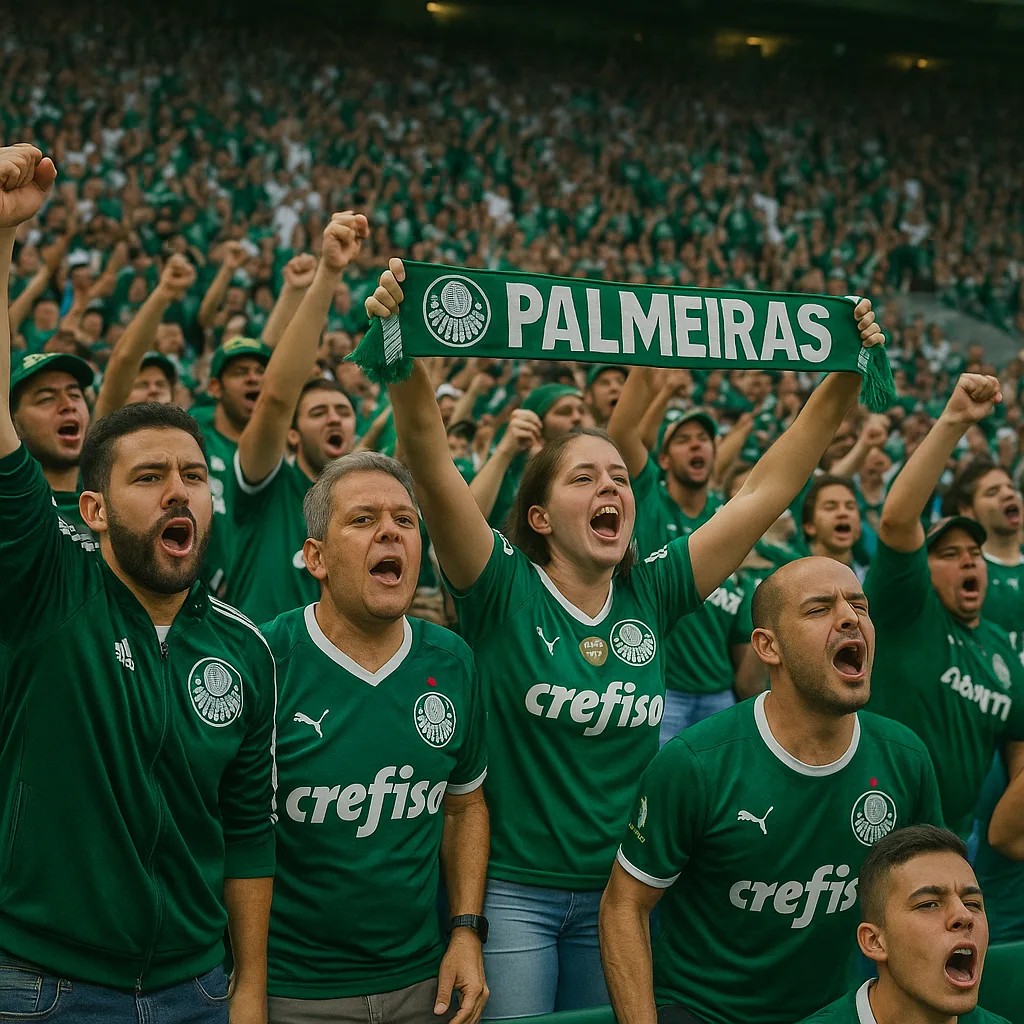How the FIFA Club World Cup 2025 Is Sparking Big Debates in U.S. Cities
Main Keyword: FIFA Club World Cup 2025
We all love the thrill of the FIFA Club World Cup 2025 — the goals, the chants, the passion. But there’s another side of the tournament that’s a little less glamorous and a lot more complicated: the politics of stadium building and upgrades.
From New York to Miami, L.A. to Dallas, the upcoming Club World Cup is lighting up more than scoreboards — it’s sparking heated conversations in city halls, community centers, and activist circles. Why? Because building, expanding, or upgrading stadiums isn’t just about football — it’s about land use, public funds, gentrification, and whose voices get heard.
So what are local communities really saying? And why should fans care? Let’s get into the messy, fascinating reality behind the shiny seats and corporate suites.
🏗️ Stadiums Don’t Build Themselves — And They’re Not Cheap
Let’s be clear: Hosting a tournament as massive as the FIFA Club World Cup 2025 takes serious infrastructure. Some stadiums already meet FIFA standards, but others need:
- Expanded seating
- New press boxes and media zones
- Upgraded locker rooms
- Better accessibility features
- Enhanced security systems
The problem? That money has to come from somewhere — and in many cases, it’s public funds footing the bill.
💸 “Wait, Our Taxes Are Paying for This?”
That’s the million-dollar (or billion-dollar) question. Local governments often justify public stadium investments by claiming they’ll bring:
- Economic boosts from tourism
- Job creation
- International visibility
- Long-term urban development
And sometimes that’s true. But community groups are pushing back, asking: “At what cost?”
In Miami, where Inter Miami’s new stadium complex is partially funded through public-private partnerships, residents near the construction site have raised concerns about noise, displacement, and a lack of consultation.
In Philadelphia, discussions around expanding stadium zones have led to heated town hall meetings where locals are demanding investment in schools and parks instead of luxury boxes.
🌆 The Gentrification Effect
One of the loudest criticisms of mega-tournaments like the FIFA Club World Cup 2025 is that they can accelerate gentrification.
Here’s how it happens:
- A city announces stadium expansion in an underserved neighborhood.
- Property values skyrocket.
- Rent goes up.
- Long-term residents — often working-class, Black, or Latino families — are priced out.
It’s a pattern we’ve seen in Brazil (World Cup 2014) and Qatar (World Cup 2022), and now U.S. cities are trying to navigate this tension with community land trusts, rent caps, and protest mediation. Whether that’ll be enough? Still TBD.
🗳️ The Politics Behind the Turf
Every new stadium project becomes a political minefield. Mayors want the glory. Developers want the contracts. FIFA wants their requirements met. Meanwhile, activists want transparency, justice, and community benefits.
Some examples from Club World Cup 2025 planning:
- In New York/New Jersey, political activists are demanding more public hearings around stadium zoning and traffic flow.
- In Los Angeles, where SoFi Stadium will be a central venue, community coalitions are pushing for guarantees on affordable housing protection in nearby Inglewood.
- In Dallas, religious and civic leaders have requested cultural impact assessments before Club World Cup investment expands into public lands.
It’s not just a soccer thing — it’s a democracy thing.
🤝 Can Stadiums Be Built Inclusively?
Short answer: Yes — but only if communities are included from the start.
Some cities are trying:
- Austin included local artists and vendors in the stadium buildout.
- Seattle has tied stadium investments to youth programs in underserved neighborhoods.
- Atlanta is working with minority-owned construction firms to ensure economic equity during upgrades for the Club World Cup.
These examples show what happens when cities shift from “We’re building this” to “Let’s build this together.”
⚽ Why Should Fans Care?
You might be thinking, “I just want to watch the games.” Totally fair. But here’s why this matters:
- Where we watch football shapes who gets to be part of it.
- How stadiums are built affects real people’s lives.
- And the more fans care, the more pressure cities feel to get it right.
Football has power — social, economic, and political. The FIFA Club World Cup 2025 will show how that power plays out not just on the field, but in the neighborhoods surrounding it.
📣 Final Thoughts
Stadiums are more than steel and turf. They’re symbols. They can unite communities — or divide them. They can be centers of joy — or flashpoints of protest.
As the FIFA Club World Cup 2025 comes to the U.S., fans, leaders, and everyday citizens will have to navigate the fine line between celebration and responsibility.
At Soccer n Popcorn, we’re not just covering the games — we’re digging into the stories that surround them. The politics. The people. The passion. Because what happens outside the stadium matters just as much as what happens inside it.
📬 Stay Informed, Stay Involved
Want more coverage on FIFA Club World Cup 2025 controversies, community stories, and political debates?
Follow us on Instagram [@soccernpopcorn] and sign up for our newsletter to get FIFA Club World Cup 2025 updates, match guides, behind-the-scenes stories, and exclusive fan experiences.

I’m a Brazilian copywriter and the voice behind Soccer n Popcorn. I’ve been in love with football for as long as I can remember — especially the electric energy of stadiums and the stories that unfold off the pitch. From fan chants to behind-the-scenes rituals, I’m here to explore everything that makes the game more than just 90 minutes.

